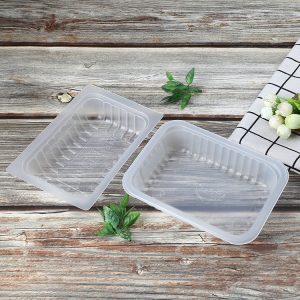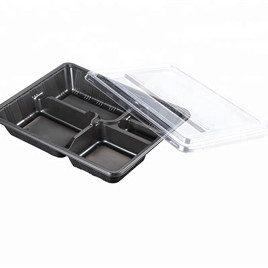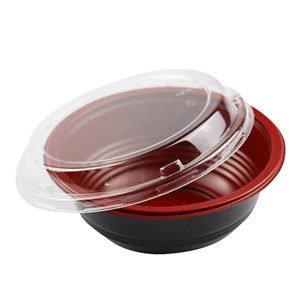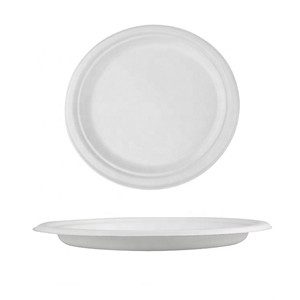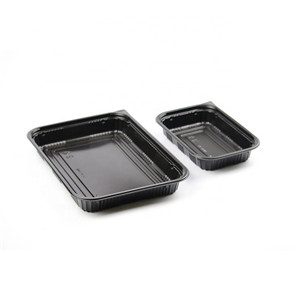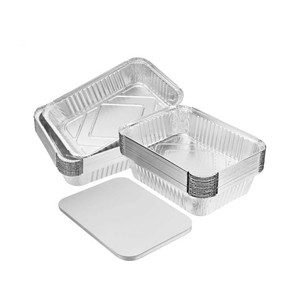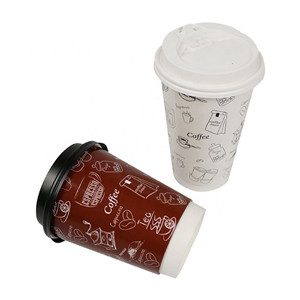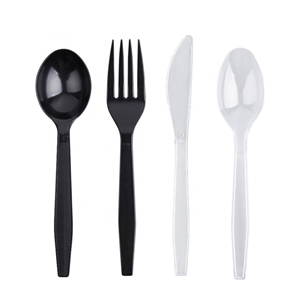Food packaging bags are mostly made of plastic, and plastics made of different materials are very different. It can be divided into the following categories.
No. 1 plastic (PETE): often used as mineral water bottles, carbonated beverage bottles, etc. The transparent plastic bottle made from it is often called “Pote bottle”. This kind of plastic will deform because it is heat-resistant to 70°C, so it is only suitable for warm or cold drinks. If it is filled with high-temperature liquid or heated, it is easy to deform and release substances harmful to the human body. The study also found that this plastic product will release carcinogens after 10 months of continuous use, which is extremely harmful to the human body. Throw away beverage bottles in “recyclable” trash when they are used up, and don’t use them to make water cups. Avoid heat and cracks; try not to make storage containers to hold other items, which may cause health problems.
No. 2 plastic (HDPE) is often used as cleaning products and bath products. The packaging of common white medicine bottles, skin care and bath products are all made of this kind of plastic. If you want to reuse it, you need to clean it thoroughly before using it. The trouble is that these containers are usually not easy to clean, and will leave the original cleaning supplies, which can easily become a breeding ground for bacteria, so it is better to be careful. It is better not to be recycled and needs to be separated and recycled.
No. 3 plastic (PVC) is often made: raincoats, building materials, etc.; good plasticity and low price; food cannot be packaged. This material is prone to produce harmful substances when exposed to high temperatures, and even releases toxic substances during the manufacturing process. Do not let it heat up when using it.
Plastic No. 4 (LDPE) is often used as cling film. People are accustomed to putting food covered with plastic wrap into a microwave oven to heat, and think that the water in the food is not easy to lose and the food tastes better. But in fact, even qualified PE cling film will melt when the temperature exceeds 110°C. In addition, when the food is wrapped with plastic wrap for heating, the fat in the food can easily dissolve the harmful substances in the plastic wrap. Therefore, it is better to remove the wrapped plastic wrap before putting the food in the microwave. It is better not to heat in the microwave.
No. 5 plastic (PP) often made: special lunch box for microwave oven. This is the only plastic box that can be put in a microwave oven and can be reused after thorough cleaning. It is important to note that in some microwave lunch boxes, the box body is indeed made of No. 5 PP, but the lid is made of other grades of plastic. Because the lid is often unable to withstand high temperatures, it cannot be placed together with the box body. Into the microwave. To be safe, remove the lid of the container before putting it in the microwave.
No. 6 plastic (PS) is often made: bowl-mounted instant noodle boxes, fast food boxes. When exposed to high temperature, it will release chemicals that are harmful to the human body; at the same time, it cannot be used to contain acids (such as juice) and alkaline substances because it will decompose carcinogens. Therefore, you should try to avoid using fast food boxes to pack hot food, and don’t cook instant noodles in a microwave oven. Out of considerations for oneself and the environment, it is still necessary to take a cautious attitude towards such disposable items.
No. 7 plastic (PC), PC is a material that is used in large quantities, especially for the manufacture of baby bottles, space cups, etc., because it contains bisphenol A and is controversial. Experts point out that in theory, as long as 100% of the bisphenol A is converted into a plastic structure in the process of making PC, it means that the product is completely free of bisphenol A, let alone released. However, if a small amount of bisphenol A is not converted into the plastic structure of PC, it may be released into food or drink. Therefore, pay special attention when using this plastic container. The residual bisphenol A in PC, the higher the temperature, the more release and the faster the speed. Fully qualified products can be used safely but defective products cannot be avoided, and PC water bottles should not be used to hold hot water.
Understanding the different types of plastics can better distinguish the differences in food packaging bags, and provide some help for the usual purchase of food and heating food.

